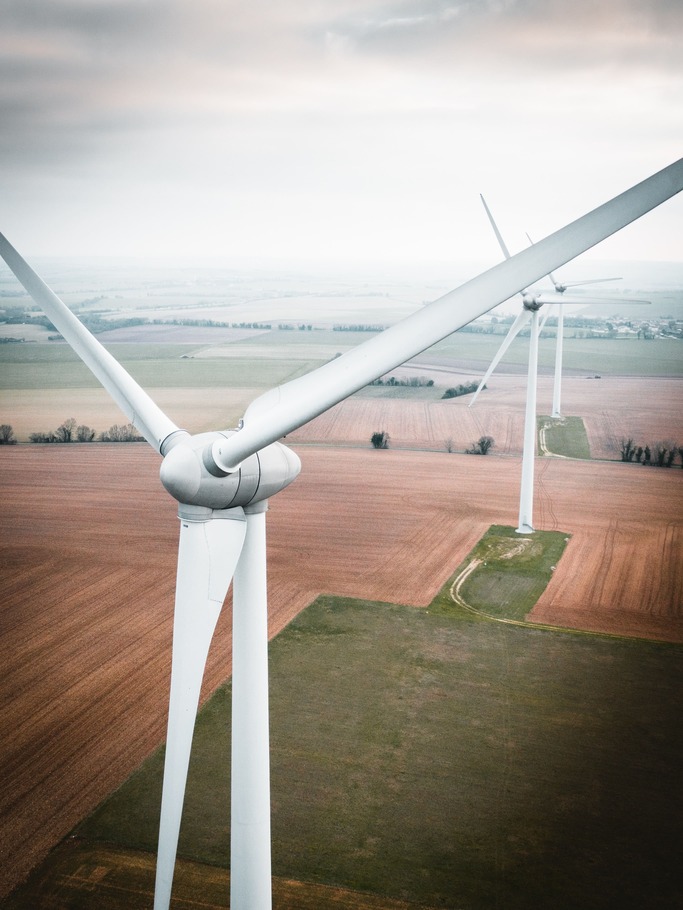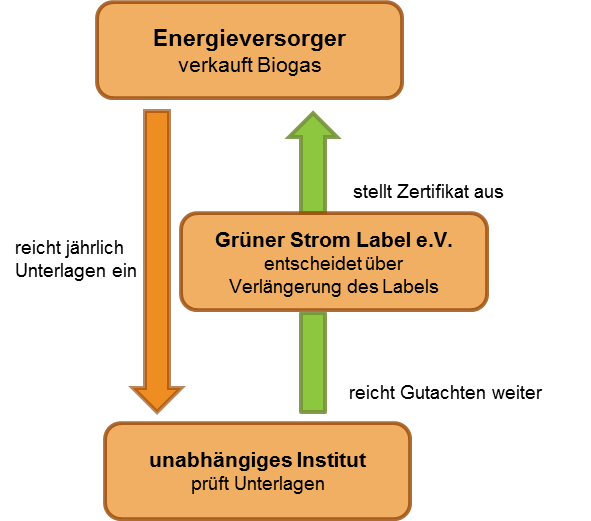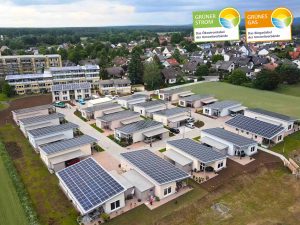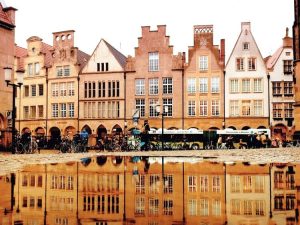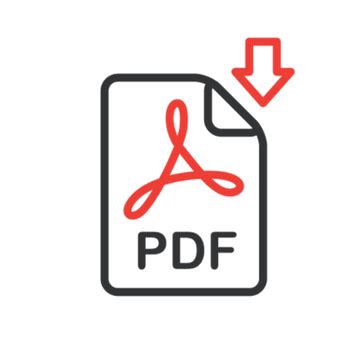Receive Grünes Gas-Label
Get quality seal for your biogas tariff Certification requirements
The obligations associated with certification are regulated in detail in the label agreement and the criteria catalog.
In essence, you are committing to...
... to at least 10 % biogas.
All Green Gas certified tariffs have a minimum biogas content of 10 %.
... on energy transition projects.
They promote the expansion of renewable energies with a fixed amount of 0.2 cents per kWh.
... to quality.
Evidence of compliance with the criteria, key data such as the volume of gas sold, and the amount of the investment commitment and its use are regularly reviewed.
... to transparency.
You report transparently to your customers about the certified tariff and the use of the subsidies.
Your path to certification
Step by step to the seal of approval for your biogas tariff
Step 1
You fill the Initial certification form and inform us about your company and the biogas tariff you would like to have certified.
Step 2
We will check your information, discuss all open questions together with you and advise you on the Tariff design. Provided there is nothing to the contrary, we subsequently give the "green light".
Step 3
We sign with you the label agreement with the annexes Green Gas Criteria Catalog and Certification procedure. These documents lay down the basis for certification.
Step 4
You will receive the label for the rest of the current Certification period in advance and can now start selling the tariff directly.
How to check your tariff Certification procedure
The
After signing the label agreement, Grüner Strom Label e.V.. grants you the label for the rest of the certification period in advance. You can directly contact the Distribution of the product launch.
The expert opinion
The results of the monitoring are summarized in an expert report by DVGW CERT GmbH as an independent auditor. We then decide whether the label is to be extended and, if so, what conditions are associated with it.
The monitoring
The regular monitoring always takes place retroactive takes place. At the end of the first period and annually thereafter, you submit documents on the basis of which it is checked whether the criteria have been met. A robust evaluation system for manufacturers, suppliers and energy providers has been developed for this purpose. You can submit the documents largely via standardized data tables.
Certification costs
This is what you pay for the label
The costs for the Grünes Gas-Label are divided into
1. The label fee
2. The certification fee
Sales-dependent components of the offer always refer to the sales of the entire gas product, not only to the bio- or green gas share in the product.
Label fee
The label fee is annual raised and depends on the Sales volume of your tariff.
It is used for services for the label holders, e.g. the supervision of the certification, public relations and the operation of the office.
Certification fee
The certification fee is Every two years raised and is basically effort-dependent staggered.
Reference year for both fees is usually the previous year of certification or, in the case of a new product launch, the estimated sales of the product.
Together for the energy turnaround
Your contact

Christian Knops
Head of Green Gas Certification, Managing Director kompass:grün
Consulting GmbH
This is what we have achieved together
By choosing a certified green electricity or biogas tariff, you are directly supporting the energy transition. For every kilowatt hour consumed, a fixed amount goes toward the expansion of renewable energies - that's sustainable thinking.
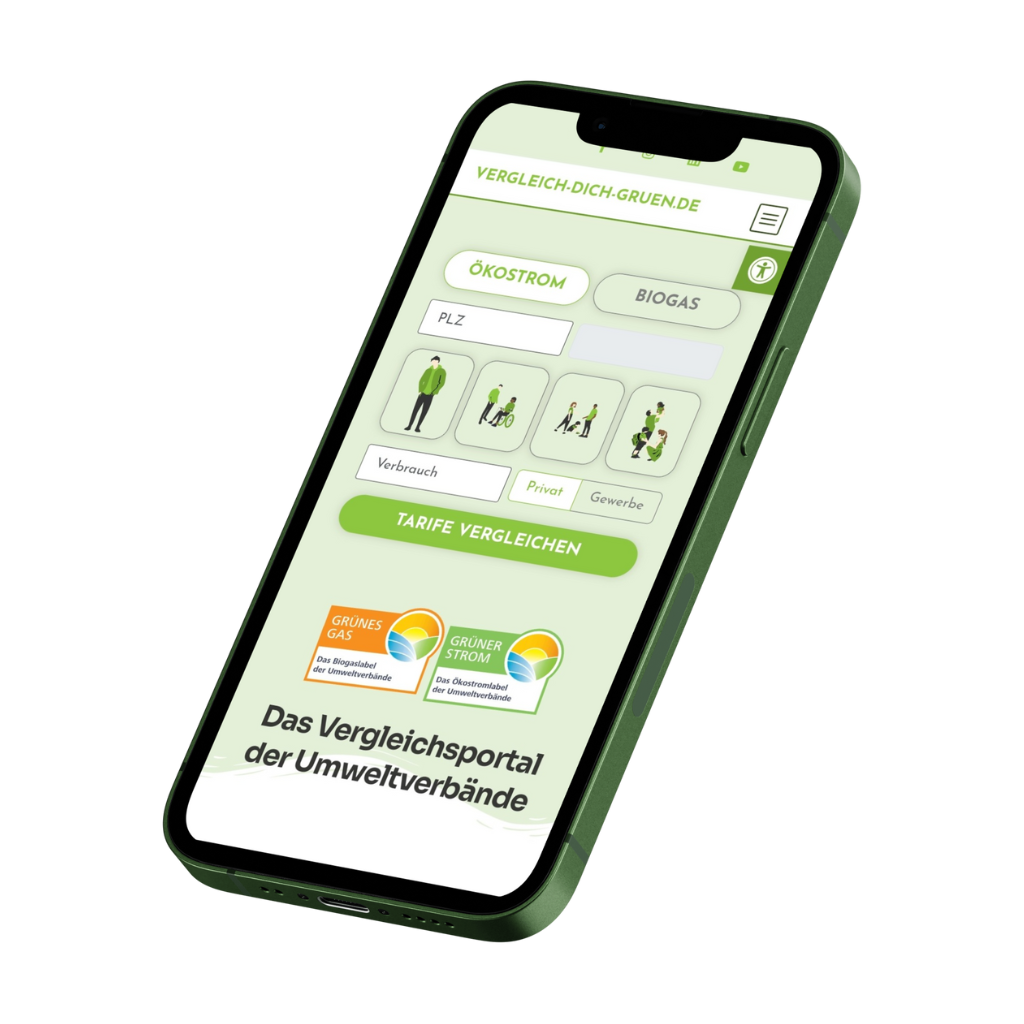
Switch to a certified electricity or biogas tariff now
There are already several online comparison portals for electricity and gas rates. So what's the point of another one?
At the comparison portal of the environmental associations, consumers can compare high-quality and exclusively certified green electricity and biogas tariffs.
"vergleich-dich-gruen.de" offers you the opportunity to actively participate in an energy transition that is nature-friendly, decentralized, citizen-oriented, public welfare-oriented, fair and pollutant-free through your purchase decision.
What you should know about biogas
Grünes Gas-Label
Frequently asked questions
With Green Gas-certified tariffs, guaranteed investments flow into the expansion of renewable energies.
The level of investment is determined by a fixed amount per kilowatt hour consumed. Thus, your gas purchase indirectly influences the investments in the energy transition. The areas of support include the mobility transition, energy infrastructure, energy efficiency, and other projects that serve the energy transition, such as nature conservation, development cooperation, and education.
You can find the whole range in the criteria catalog for the Grünes Gas-Label.
Biogas in general
- Biogenic residues (e.g. biowaste from the organic waste garbage can, plant residues, residues from agriculture such as harvest and slaughter waste, liquid manure, slurry and dung).
- Sewage sludge and sewage gases from wastewater treatment plants, industrial processes, or commercial production (e.g., from biogenic residues in paper recycling).
- Renewable raw materials or energy crops (e.g., corn or through-grown silphia).
The abbreviation NawaRo stands for the term renewable raw materials.
This refers to plants or plant components that originate from agricultural production and are not used as food or feed, but are used materially or energetically, e.g. for the production of biogas.
Sewage gas is a methane-containing gas produced during wastewater treatment by the digestion of sewage sludge. Sewage gas contains between 45 and 70 percent methane by volume.
As the name suggests, this is gas that is produced artificially. Gas is produced from water in an electricity-intensive process called electrolysis. This concept is called power-to-gas. In this context, people often talk about green hydrogen. Green' here means that hydrogen is produced with the help of green electricity.
- Biogenic residues (e.g. biowaste from the organic waste garbage can, plant residues, residues from agriculture such as harvest and slaughter waste, liquid manure, slurry and dung).
- Sewage sludge and sewage gases from municipal wastewater treatment plants, industrial processes, or commercial production (e.g., from biogenic residues in paper recycling).
- Renewable raw materials (e.g. maize or through-grown silphia), but only if there is an ecologically sustainable operator concept that is conducive to the energy transition.
Stay up to date
Sign up for our newsletter
Grüner Strom Label e.V. | Kaiserstrasse 113 | 53113 Bonn | Germany
Tel: +49 (0)228 / 522 611-90 | E-Mail: info@gruenerstromlabel.de
Want to learn more?
Then feel free to contact us and follow us on social media.
